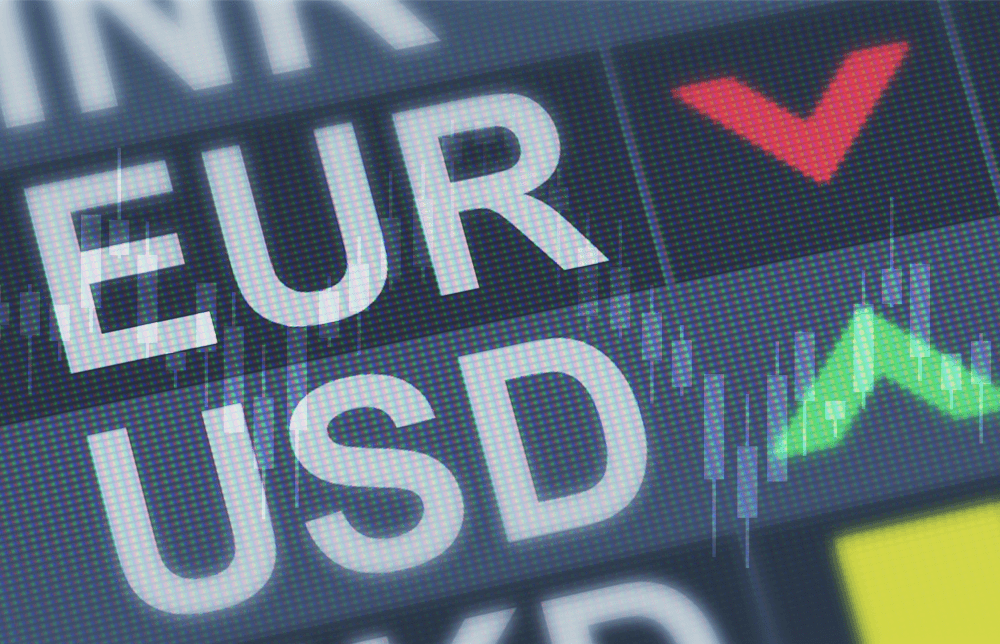
Inflation is the silent force that shapes economies, moves markets, and influences the value of currencies. For traders navigating the dynamic world of forex, understanding inflation fundamentals is not just an advantage—it’s a necessity. The EUR/USD, the most traded currency pair globally, offers a fascinating case study in how inflation data can drive market movements and create trading opportunities.
What Is Inflation?
Inflation refers to the rate at which the general level of prices for goods and services rises, eroding purchasing power over time. It is a natural economic phenomenon that occurs when demand outpaces supply or when production costs increase. While moderate inflation is a sign of a healthy economy, excessive inflation can lead to economic instability, and deflation (negative inflation) can signal a stagnant or contracting economy.
For traders, inflation is a critical economic indicator. It provides insights into the health of an economy, influencing everything from consumer spending to central bank policies. Understanding inflation is the first step in mastering the art of trading the EUR/USD.
The Consumer Price Index (CPI): A Window into Inflation
The Consumer Price Index (CPI) is one of the most widely used measures of inflation. It tracks the average change in prices paid by consumers for a basket of goods and services over time. This basket typically includes essentials like food, housing, transportation, and healthcare.
The CPI is a vital tool for policymakers, economists, and traders. It not only reflects the cost of living but also serves as a benchmark for adjusting wages, pensions, and tax brackets. For traders, the CPI is a key indicator of inflationary trends, offering clues about the future direction of interest rates and currency values.
Why the CPI Matters to Currency Traders
For forex traders, the CPI is more than just a number—it’s a signal. A higher-than-expected CPI often leads to speculation about interest rate hikes, which can strengthen a currency. Conversely, a lower-than-expected CPI may lead to expectations of rate cuts, weakening the currency.
For example, if the US CPI comes in higher than anticipated, it could signal that the Federal Reserve (Fed) might tighten monetary policy by raising interest rates. This would likely strengthen the US Dollar, causing the EUR/USD pair to decline. On the other hand, a weaker-than-expected CPI in the Eurozone could lead to a dovish stance from the European Central Bank (ECB), weakening the Euro and pushing the EUR/USD pair lower.
How CPI Data Affects the EUR/USD
The EUR/USD is influenced by CPI data from both the Eurozone and the United States. Each CPI release provides clues about the respective central banks’ next moves—the ECB for the Euro and the Fed for the US Dollar. For instance:
- US CPI Impact: A strong US CPI reading might bolster the USD, causing the EUR/USD pair to decline. This is because higher inflation in the US could prompt the Fed to raise interest rates, making the Dollar more attractive to investors.
- Eurozone CPI Impact: Similarly, a strong Eurozone CPI could strengthen the Euro, pushing the EUR/USD pair higher. This is because higher inflation in the Eurozone could lead the ECB to adopt a hawkish stance.
Understanding these dynamics is crucial for trading the EUR/USD effectively. Traders should pay close attention to the timing of CPI releases and the market’s expectations to anticipate potential price movements.
Global CPI Comparisons: What Traders Need to Know
Comparing CPI data across regions can provide additional insights. For example, if the Eurozone’s CPI is rising faster than the US CPI, it could signal a stronger Euro relative to the Dollar. Conversely, a higher US CPI might indicate a stronger Dollar.
Global CPI comparisons also help traders understand broader economic trends. For instance, if inflation is rising globally, it could signal supply chain disruptions or increased demand for commodities. These trends can have a ripple effect on currency markets, influencing the EUR/USD pair.
The CPI and Central Bank Decisions
Central banks closely monitor CPI data to guide their monetary policies. The ECB and the Fed use inflation targets to determine interest rate adjustments. For the EUR/USD, understanding how each central bank interprets CPI data can provide a strategic edge.
For example, if the ECB signals a hawkish stance due to rising inflation, the Euro might strengthen against the Dollar. Conversely, if the Fed adopts a dovish stance in response to low inflation, the Dollar might weaken, pushing the EUR/USD pair higher.
Historical examples illustrate the impact of CPI data on central bank decisions. In 2011, the ECB raised interest rates twice in response to rising inflation, strengthening the Euro. Conversely, during the 2008 financial crisis, the Fed slashed interest rates to near zero to combat deflationary pressures, weakening the Dollar.
Best Indicators to Use When Trading the EUR/USD Around CPI Releases
To trade the EUR/USD effectively around CPI releases, traders often use a combination of technical and fundamental indicators. Here are some of the best tools:
- Moving Averages: These help identify trends and potential reversal points.
- Relative Strength Index (RSI): This momentum oscillator helps identify overbought or oversold conditions.
- Fibonacci Retracements: These levels can help identify potential support and resistance areas.
- Economic Calendars: Keeping track of CPI release dates and market expectations is crucial for planning trades.
Combining these tools with a solid understanding of CPI data can enhance trading strategies and improve decision-making.
Trade the EUR/USD with GVD Markets
At GVD Markets, we empower traders with cutting-edge tools and insights. Gain free access to premium AI-powered signals by Acuity, helping you spot the biggest opportunities in forex pairs and beyond. Or, explore Social Trading to discover what our top traders are buying or selling. Experience an award-winning trading environment and take your forex trading skills to the next level at gvdmarkets.com.
Start Trading with GVD Markets

المنصه كويسه جدا بتعامل معاها من زمان مفيش اي مشاكل
من افضل المنصات الي اتعاملت ماعهم اخر سنتين
من افضل المنصات الي تعاملت معاهم اخر سنتين
من افضل الشريكات الي تعاملت معهاهم بجد